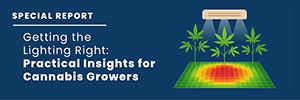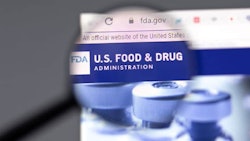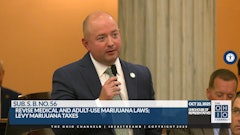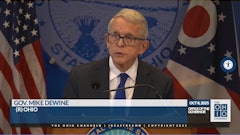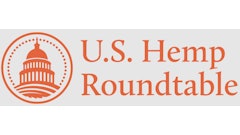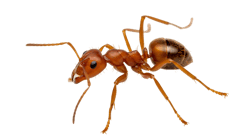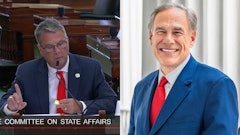After four years in operation, Wisconsin has become the latest state to end its state hemp program and transition to licensing under the U.S. Department of Agriculture (USDA).
The transition will take effect Jan. 1, 2022.
In a press release, the Wisconsin Department of Agriculture, Trade and Consumer Protection (DATCP) said state Gov. Tony Evers included resources to support staffing the state’s hemp program in his budget proposal for 2021-2023, but ultimately those changes were not included in the final version of the budget.
Randy Romanski, DATCP secretary-designee, also said in the news release that the transition “will provide hemp growers with the greatest opportunity to produce hemp in Wisconsin.”
With several federal hemp rule changes taking place over the past few years, the news release said DATCP has had to “promulgate emergency rule changes, update program operations, and conduct outreach to growers when a federal rule change was made.”
Wisconsin is the fifth state to transition its hemp program to the USDA, joining Hawaii, Mississippi, New Hampshire and the recently announced North Carolina. Four tribal hemp programs are also under USDA’s purview as of Sept. 20, according to the agency’s online tracker.
“Because state-run hemp programs must also meet federal requirements, Wisconsin's hemp program is already in close alignment with USDA," said Sara Walling, DATCP's Division of Agriculture Resource Management Administrator. “We are collaborating with USDA for a smooth transition and providing hemp growers with the resources they need to understand any changes."
Key Changes
One key difference for growers currently operating under Wisconsin’s program is that they will no longer have licensing fees under the USDA’s program. Licenses will also be valid for three years instead of one.
The USDA does not license hemp processors. These processors will no longer need a license specifically to process hemp, but they will still remain under DATCP’s authority for consumer and food products.
The USDA has additional licenses available for researchers, which provides flexibilities regarding sampling, hemp disposal and record-keeping.
In a news release, the DATCP also said the USDA’s program provides additional flexibilities regarding sampling and testing services.
The USDA’s program is also directly aligned with the final rule, which was published in January. Many states have yet to update their state programs to align with the final rule, which is generally seen as more flexible than the interim final rule.
Wisconsin is currently operating under its 2014 pilot program.
Key changes from the interim final rule to the final rule include:
An increased sampling window (the time needed from sampling to harvesting) from 15 to 30 days
Sampling flexibilities for those growing clones
An increased negligence tetrahydrocannabinol (THC) threshold from 0.5% to 1%
Additional disposal, as well as new remediation, options for hemp that tests above 0.3% THC
READ MORE: Your Guide to the USDA’s Final Rule on Hemp
Steps for Hemp Growers
In a recent webinar held by the DATCP, several state and USDA officials outlined steps hemp growers should take to prepare for the transition.
Growers are encouraged to prepare for the application process now, although licenses will not be administered until the new year.
Wisconsin growers can take the following steps now to prepare:
Obtain an FBI criminal history report for all key participants under the business license.
Register to use the Hemp eManagement Platform, which is where growers will apply for a license and manage hemp reporting information for the USDA.
Apply for a license.
Designate your lots, which are defined as “contiguous area[s] in a field, greenhouse, or indoor growing structure planted with the same variety or strain of hemp.”
“If you are arranging plants in pots, in a greenhouse or planting under a hoop in anticipation of a winter harvest this year, think about how you are going to designate your lots,” said William Richmond, AMS hemp branch chief, during the webinar. Each lot will be sampled and tested separately.Report hemp acreage to the Farm Service Agency (FSA). Find your local FSA Service Center here.
Find the sampling and testing agents you want to use. USDA does not employ or send out its own sampling agents. “In some of our other states where we oversee producer programs, a lot of the testing laboratories have begun to offer this sampling service ... as part of a package deal, they’ll come and pick samples for you, run your tests, and send you the COA for one inclusive fee. So we certainly anticipate some of the Wisconsin labs engaging in a similar service,” Richmond said.
Read up on reporting requirements.
Read more details on the DATCP's transition checklist.
“The state did a commendable task in creating and helping a hemp program thrive in Wisconsin for the first four growing seasons," said Rob Richard, Wisconsin Hemp Alliance President, in the press release. “We learned a tremendous amount of information about the plant in that time. Now that USDA has finalized their hemp rule and we're seeing signs of federal financial resources in hemp research and development, this is absolutely the right time to shift course from a state-centric focused program to a federal program."





